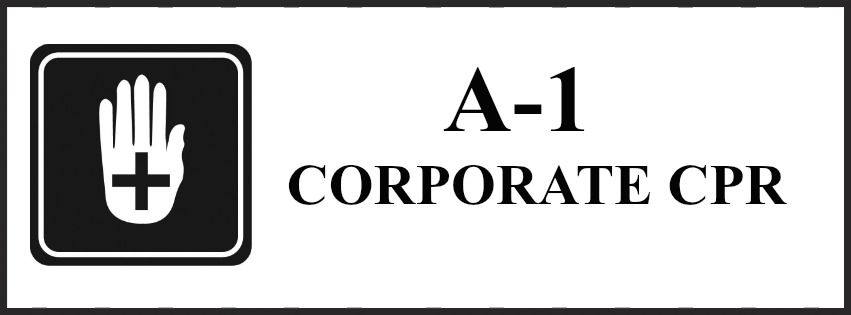Understand the Dangers of Electrical Shock
/Republished from Occupational Health and Safety : By Fred Elliott Dec 01, 2015
Electricity is one of the most common causes of fires and thermal burns in homes and workplaces.
Two good sources for those seeking to understand the dangers of electrical shock are OSHA1 and NIOSH. Electricity is one of the most common causes of fires and thermal burns in homes and workplaces.
The Bureau of Labor Statistics reported that 141 workers died in the United States in 2013 from exposure to electricity and 156 died from that cause in 2014. r more than are killed by lightning strikes. Brief low-voltage shocks that do not result in any symptoms or burned skin usually don’t require medical care, but call 911 and seek care at a hospital emergency room for any high-voltage shock or a shock resulting in burns.
The severity of injury from electrical shock depends on the amount of electrical current and the length of time the current passes through the body, according to a NIOSH student manuals2 titled "Electrical Safety: Safety and Health for Electrical Trades." It states that 1/10 of an ampere of electricity moving through someone’s body for only two seconds is enough to cause death, and internal current of less than 10 milliamperes (milliamps or mA) can make a person unable to control the muscles of the arm and hand. "When this 'freezing' happens, a person is no longer able to release a tool, wire, or other object. In fact, the electrified object may be held even more tightly, resulting in longer exposure to the shocking current. For this reason, handheld tools that give a shock can be very dangerous. If you can't let go of the tool, current continues through your body for a longer time, which can lead to respiratory paralysis (the muscles that control breathing cannot move)," according to the manual.
It points out that defective or misused electrical equipment is a major cause of electrical fires, and that workers should use only a Class C or multipurpose (ABC) fire extinguisher on a small electrical fire.
There are four main types of injuries: electrocution, electric shock, burns, and falls. They can happen in a variety of ways:
- Direct contact with exposed energized conductors or circuit parts. When electrical current travels through someone’s body, it can interfere with the normal electrical signals between the brain and muscles, potentially causing the heart to stop beating properly, breathing to stop, or muscles to spasm.
- When the electricity arcs from an exposed energized conductor or circuit part through a gas (such as air) to a person who is grounded (that would provide an alternative route to the ground for the electrical current).
- Thermal burns, including burns from heat generated by an electric arc and flame burns from materials that ignite from exposure to electrical currents or an electric arc flash.
- An arc blast can include a pressure wave released from an arc flash. The wave can cause injuries and create noise that can damage hearing.
Working Near Power Lines
Working on a ladder near power lines is inherently dangerous. OSHA cautions that electrocution was the third-leading cause of the more than 700 deaths among U.S. construction workers in 2011, and that electrocutions typically cause about 10 percent of construction workers' deaths. Training workers, pre-job planning, and taking the right precautions can prevent these, according to the agency, which urges employers to:
- Train all workers about the hazards and about maintaining clearance from overhead power lines. Working too close to an energized power line can expose a worker to an electric arc that could result in burns, shock, or electrocution even if the worker doesn't come in contact with the power line.
- Use ladders with non-conductive side rails, which are safer but do not guarantee protection from an energized power line.
- Inspect ladders before and after each use, and use ladders that are clean, dry, and undamaged.
- Don't carry or move extension ladders in the upright position. Get help moving ladders to keep control and prevent accidental contact with energized overhead power lines.
- If a ladder should accidentally hit an overhead power line, do not touch it; quickly move away and call the electric utility company immediately.
- If appropriate clearance from an overhead power line cannot be met, contact the utility company to de-energize and ground the line or ask for insulation to be installed over the lines to protect workers.
References
1. "Electrical Safety Training for the Manufacturing Industry"
2. "Electrical Safety: Safety and Health for Electrical Trades"



